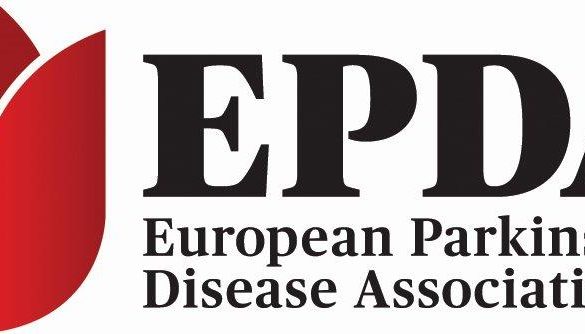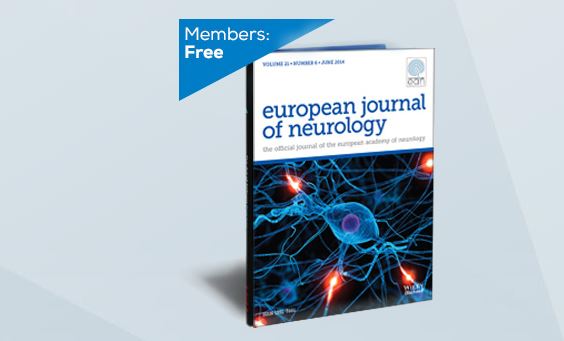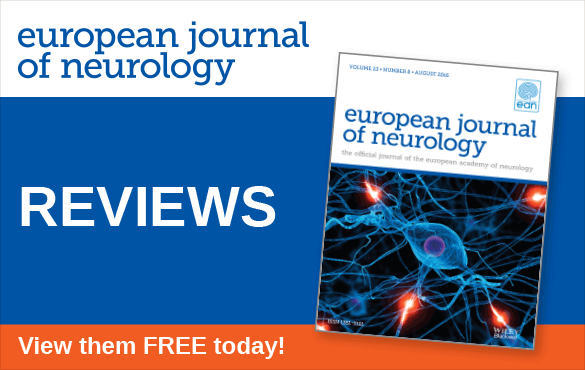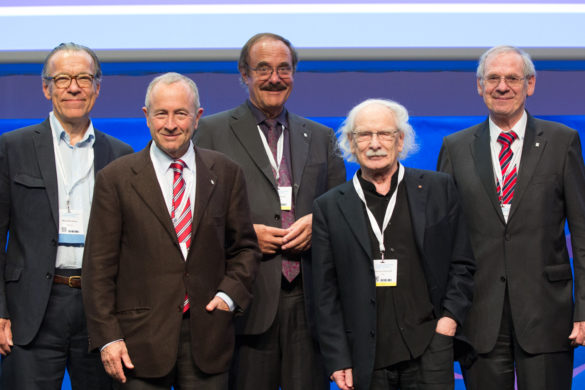For April 2017, we have selected: Chen H, Kwong JC, Copes R, et al. Living near major roads and the incidence of dementia, Parkinson’s disease, and multiple sclerosis: a population-based cohort study. Lancet 2017:389;718-726.
Some studies have suggested that smog and noise can play a role in the pathogenesis of neurodegenerative disorders by inducing oxidative stress, neuroinflammation, microglia and neuronal antibody activation.
Tag
Parkinson’s disease
-
-
Founded/Established in and Short synopsis of aims and objectives The EPDA is the only European Parkinson’s disease umbrella association. Founded in 1992, we represent national Parkinson’s associations in nearly 30 countries across Europe and advocate for the rights and needs of more than 1.2 million people with Parkinson’s and their families.
-
EAN Congress newsInterviewsTop Articles
Amsterdam 2017: Which session you should not miss…
February 1, 2017As in the previous year, EANpages asked EAN committee members, panel chairs, and invited speakers which session one should not miss at the upcoming congress in Amsterdam 2017. Please find their answers below! -
The European Journal of Neurology continues to attract a considerable number of original submissions, and can only publish approximately 15% of those received. Articles cover a broad range of clinical and scientific topics within neurology, but the proportion of articles on a disease area generally corresponds to its prevalence.
-
Executive PageFeatured Slider
President’s Page: 200 years since James Parkinson’s first description of the disease named after him
February 1, 2017It is unknown which of his many books James Parkinson (1755-1825) has considered the most important one. His 500 pages ‘Medical Admonitions’ for lay people, his ‘Chemical Pocket Book’ covering interesting facts on modern chemistry of the late 18th century, the ‘Hospital Pupil’ on the educational standards of physician education, his collection of minerals and fossils ‘Organic Remains of a Former World’ or any other of his many contributions. History has clearly shown that his most important contribution was his 1817 ‘Essay on the Shaking Palsy’ which celebrates its 200th birthday this year. -
 by Anna Sauerbier
On 26 November the Science and Technology Options Assessment (STOA) committee of the European Parliament (EP) organised a meeting entitled:
UNDERSTANDING THE HUMAN BRAIN – A new era of big neuroscience
Understanding… Continue Reading
by Anna Sauerbier
On 26 November the Science and Technology Options Assessment (STOA) committee of the European Parliament (EP) organised a meeting entitled:
UNDERSTANDING THE HUMAN BRAIN – A new era of big neuroscience
Understanding… Continue Reading -
EAN Congress newsInterviewsTop Articles
Amsterdam 2017: Which session you should not miss…
January 3, 2017As in the previous year, EANpages asked EAN committee members, panel chairs, and invited speakers which session one should not miss at the upcoming congress in Amsterdam 2017. Please find their answers below! -
Eur J Neurol
European Journal of Neurology – FREE Access to ALL European Journal of Neurology Reviews
December 28, 2016Do not miss the highly popular Reviews and Invited Reviews published regularly in the European Journal of Neurology. Herewith the latest Reviews: -
Executive PageFeatured Slider
President’s Page: Treatment of neurodegenerative diseases: are we close to a breakthrough?
October 1, 2016It is a dream of neurologists to cure degenerative diseases. The big brothers, Alzheimer’s and Parkinson’s disease have always been a huge burden of the population but are now, in the millennium of increasing population age becoming a scourge of humanity. While everybody is acknowledging this, both PD (1) and AD (2) communities of clinician researchers and basic researchers are preparing to attack the problem fundamentally frequently unnoticed by the general neurology community. -
Executive PageEAN News
Treatment of neurodegenerative diseases: are we close to a breakthrough?
October 1, 2016It is a dream of neurologists to cure degenerative diseases. The big brothers, Alzheimers’ and Parkinsons’ disease have always been a huge burden of the population but are now, in the millennium of increasing population age becoming a scourge of humanity. While everybody is acknowledging this, both PD1 and AD2 communities of clinician researchers and basic researchers are preparing to attack the problem fundamentally frequently unnoticed by the general neurology community. -
The new CME article August 2016: “A European multicentre survey of impulse control behaviours in Parkinson’s disease patients treated with short- and long-acting dopamine agonists” is online now!
Please log-in and browse to the LEARN section on the EAN Website… Continue Reading -
EAN Congress news
Copenhagen 2016: Report on Plenary Symposium 1 – Presidential Symposium
May 29, 2016Plenary Symposium 1
Presidential Symposium
Hall A, Sun, 2016-05-29 10.30-12.30 Chairpersons
Günther Deuschl, Kiel, GERMANY
Mads Henrik Ravnborg, Odense, DENMARK Moritz Romberg Lecture – The prediagnostic phase of Parkinson’s disease
Eduardo Tolosa, Barcelona, SPAIN Camillo Golgi Lecture – The mirror… Continue Reading -
EAN Congress news
Copenhagen 2016: Report of Symposium 1 – MDS-ES/EAN: Update in movement disorders
May 28, 2016Symposium 1
MDS-ES/EAN: Update in movement disorders
Hall A, Sat, 2016-05-28 10.30-12.30
Chairpersons
Joaquim José Coutinho FerreiraLisbonPORTUGAL
K Ray ChaudhuriLondonUNITED KINGDOM Essential tremor
Günther Deuschl, Kiel, GERMANY Non-motor Parkinson’s
K Ray Chaudhuri, London, UNITED KINGDOM Dystonia
Espen Dietrichs, Oslo, NORWAY… Continue Reading -
Report from Anna Latorre, Rome, Italy visiting the Sobell Department of Motor Neuroscience and Movement Disorder - UCL Institute of Neurology, Queen Square - London, UK under supervision of Prof. Kailash Bhatia
-
Paper of the Month
Paper of the month: Improved recovery from post-stroke aphasia with motor cortex electrical stimulation
May 4, 2016For May 2016 we have selected: Meinzer M, Darkow R, Lindenberg R, Flöel A. Electrical stimulation of the motor cortex enhances treatment outcome in post-stroke aphasia. Brain 2016:139;1152-1163. Language deficits after a stroke can be devastating and have a remarkable impact on the quality of life. Rehabilitation strategies can improve aphasia also in the chronic phases, but there is the overall need of more efficacious and focused treatment strategies. Transcranial direct current stimulation (tDCS) has been shown to change cortical excitability and induce synaptic plasticity without side effects.








